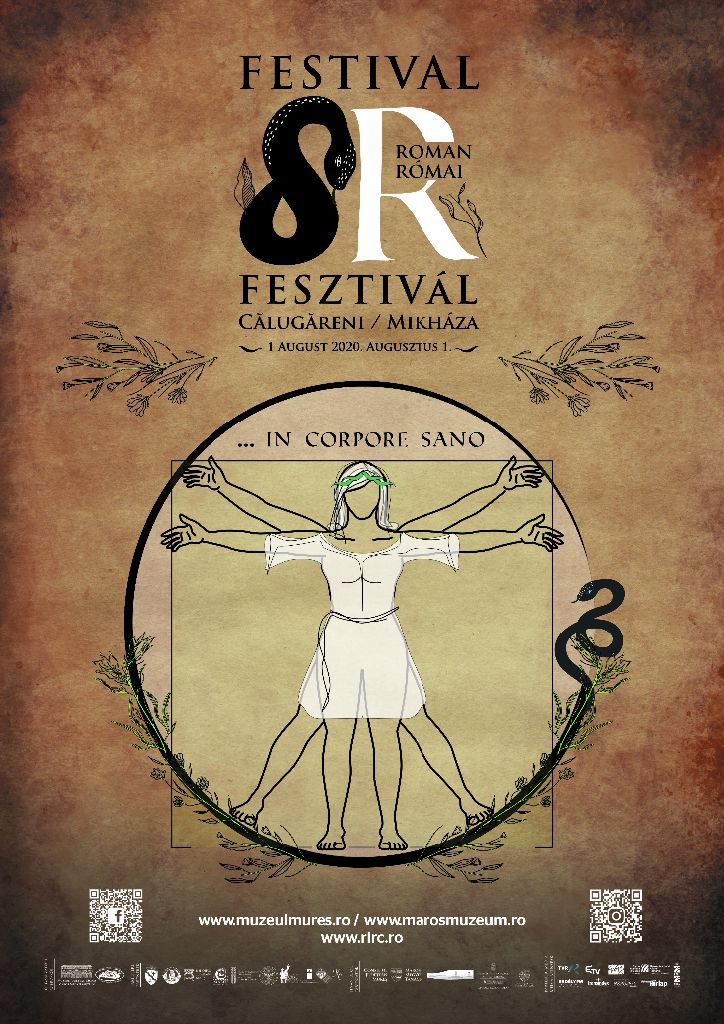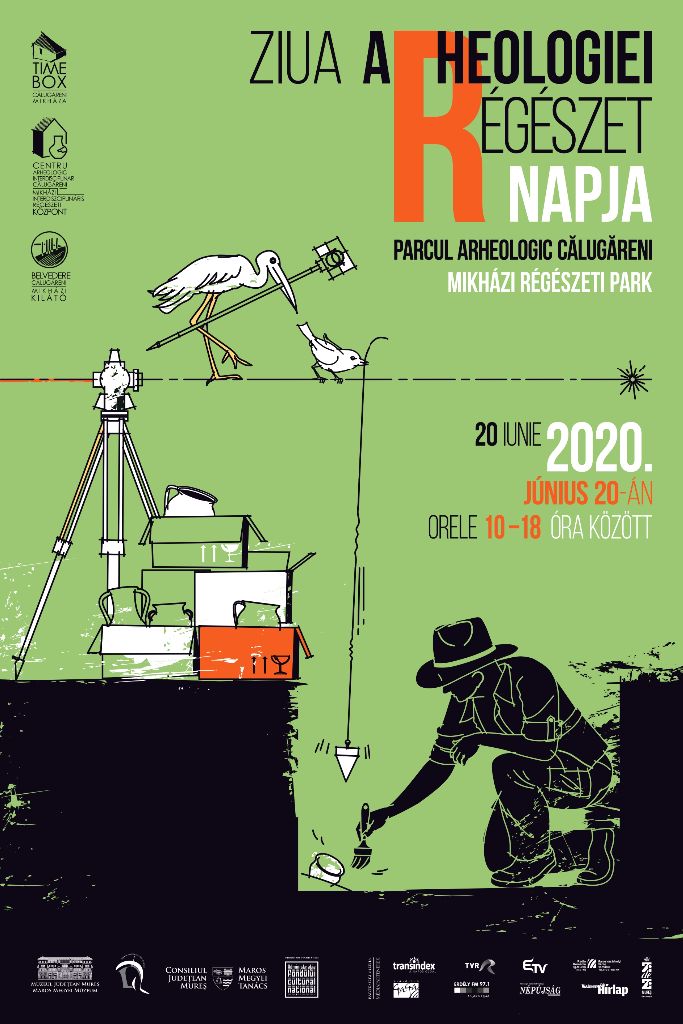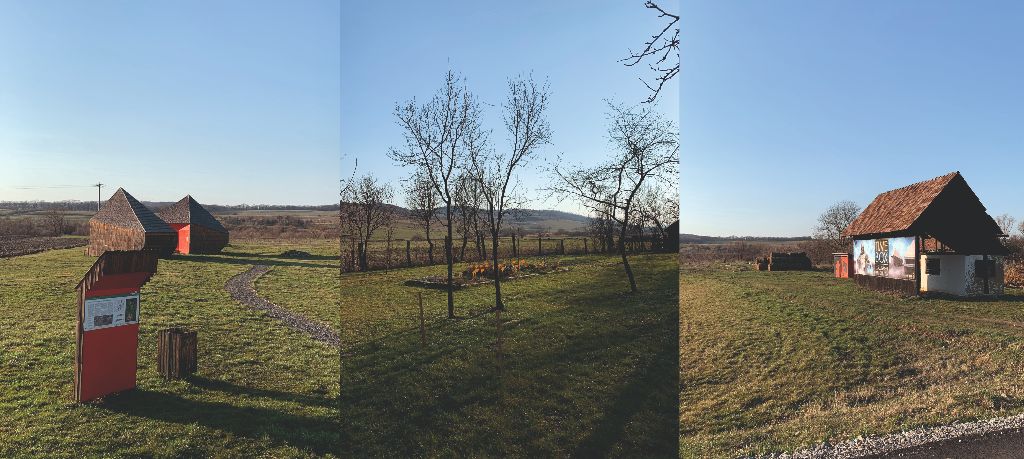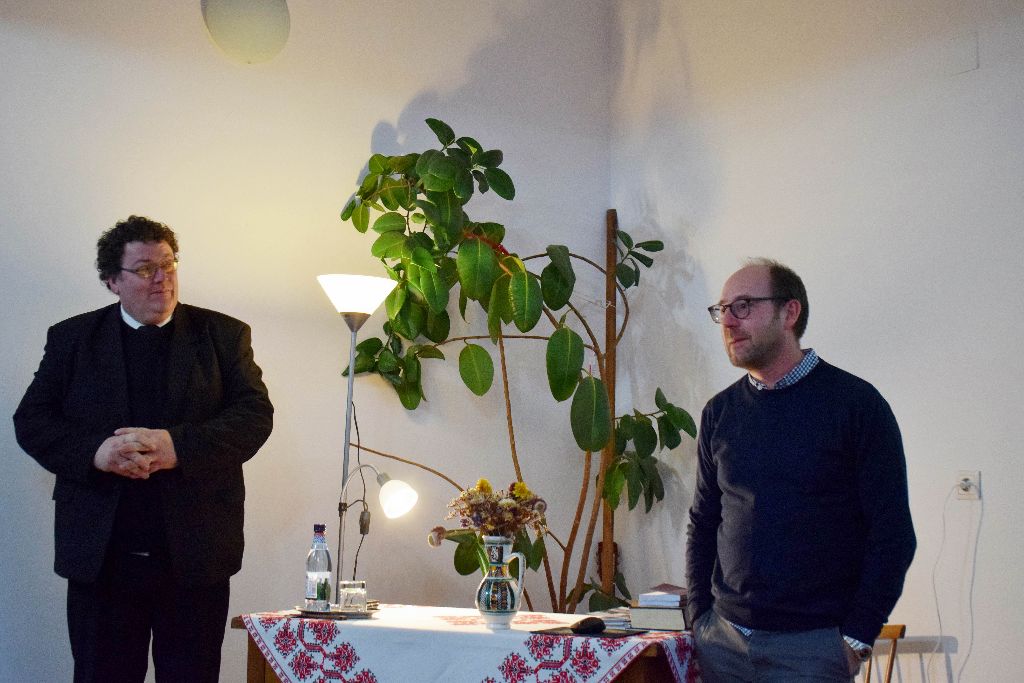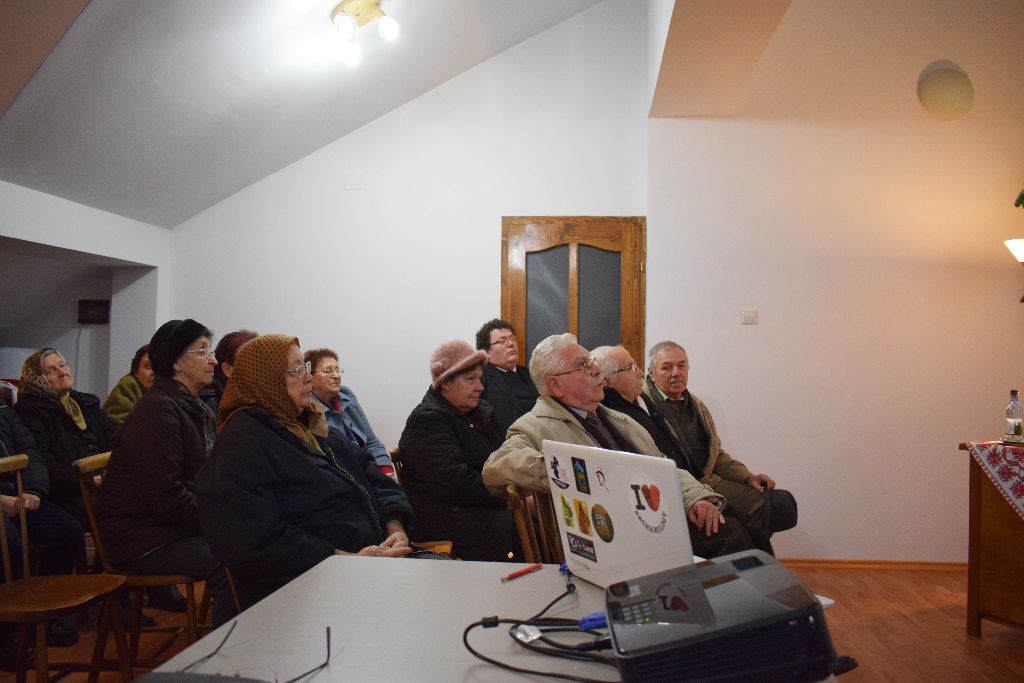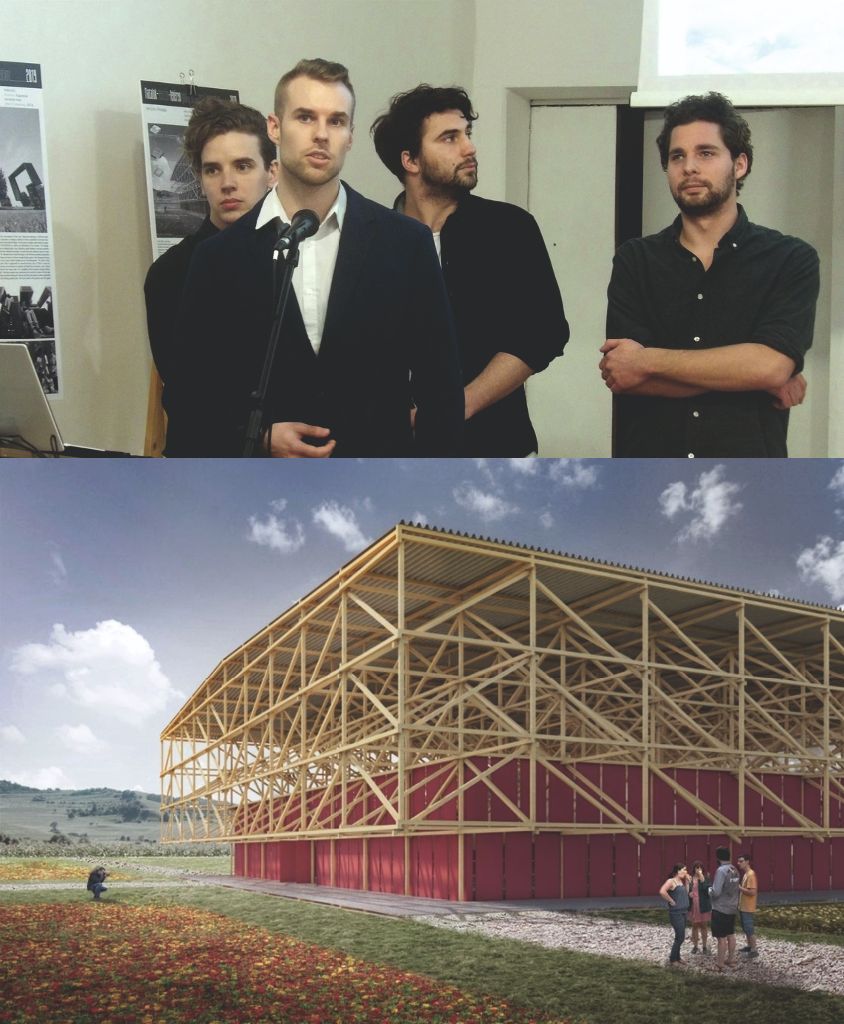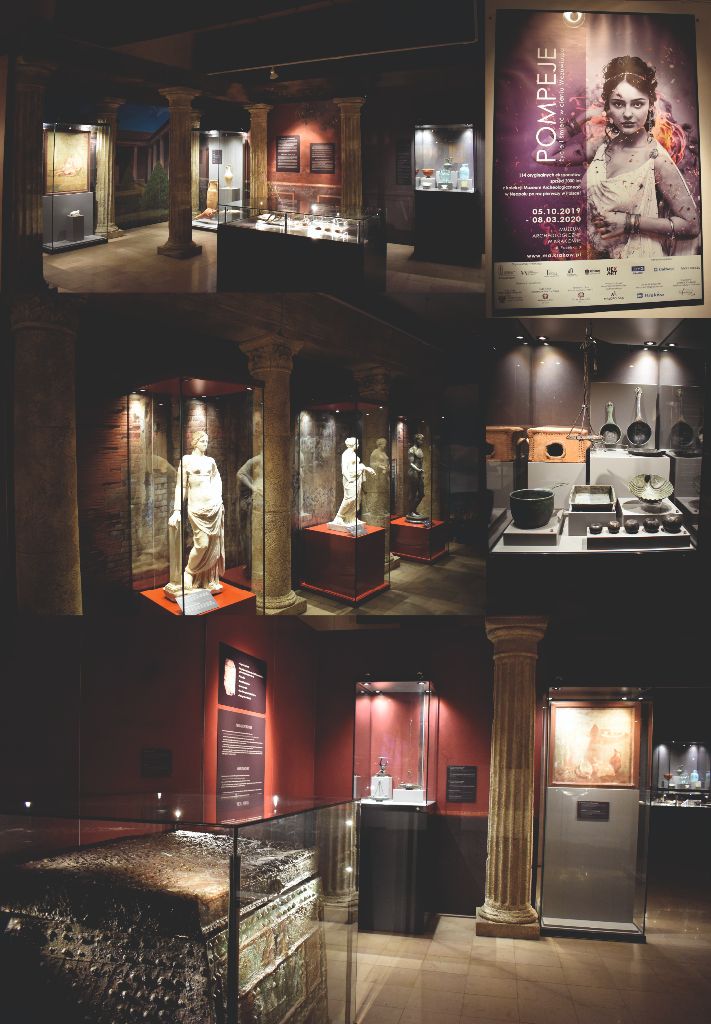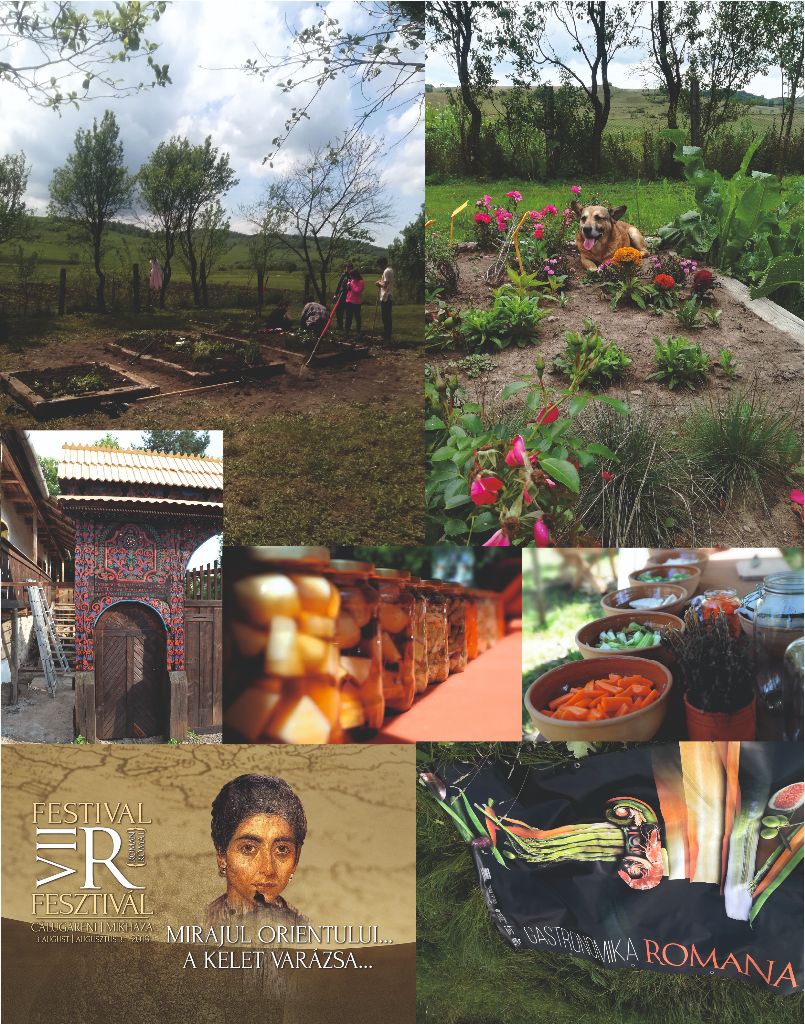IIIrd Archaeology-Art history workshop
Between the 6th and 8th of December, our team joined the IIIrd Archaeology-Art history workshop in Sovata/Szováta. The event was organized by the Babeș-Bolyai University and the Pósta Béla Association, to whom we are grateful for this experience. The presentations were very varied and interesting, and awoke the spirits of prehistory, Romans, Huns, middle ages, and delighted us with art. Our team presented the results of the experiment of Gastronomika Romana and the concept of the archaeological park from Călugăreni/Mikháza.
On Saturday we went on excursion to Mitrești/ Nyárádszentmárton, Sânvăsii/ Nyárádszentlászló, Ocna de Sus/ Felsősófalva, and we had the pleasure to invite the whole team to visit Călugăreni, so we quickly took our chance to set up a third tasting tour of the pickles and the archaeological site as well, of course. This time we served the pickles washed with a sprinkle of oil, and the feedbacks were truly optimistic. Besides these, a lovely moretum, freshly baked bread and hot mint tea gave cozy feeling of the cold winter day. Since so many people were asking for the recipe of the moretum, we decided to share two variants.
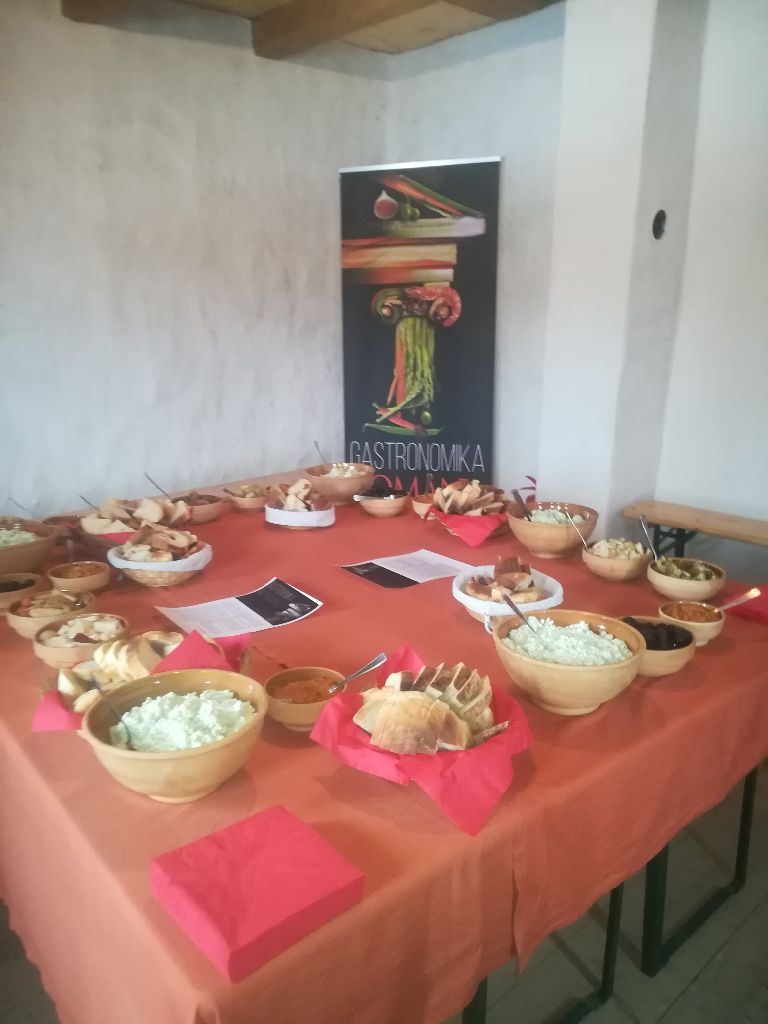
Moretum 1
The first variant is from Appendix Vergiliana, Moretum.
Ingredients: salty cheese, olive oil, vinegar, salt, garlic, celery leaves and stalk, herb grace and coriander leaves.
Preparation: For the procedure you need a mortarium, which can be replaced with a larger mortar. The garlic has to be cleaned and cut into smaller pieces, the herbs should be washed and placed into the mortar with the garlic and the salty cheese. The ingredients have to be crashed and mixed with some olive oil and salt, until it gets a creamy consistency.
Moretum 2
The second recipe is inspired from Columella’s De re rustica 12, 59, 1-3.
Ingredients: salty cheese, olive oil, vinegar, salt, celery leaves and stalk, coriander leaves, summer savory, leek, salad, savory, thyme, mint, walnut or sesame seeds.
Preparation: The leek and the salad should be cleaned and cut into pieces, the herbs should be washed and all placed into the dish, with the salty cheese. After mixing the ingredients we add roasted walnuts or sesame seeds, season the moretum with salt and make it lighter with some olive oil and vinegar.
Bon appétite!
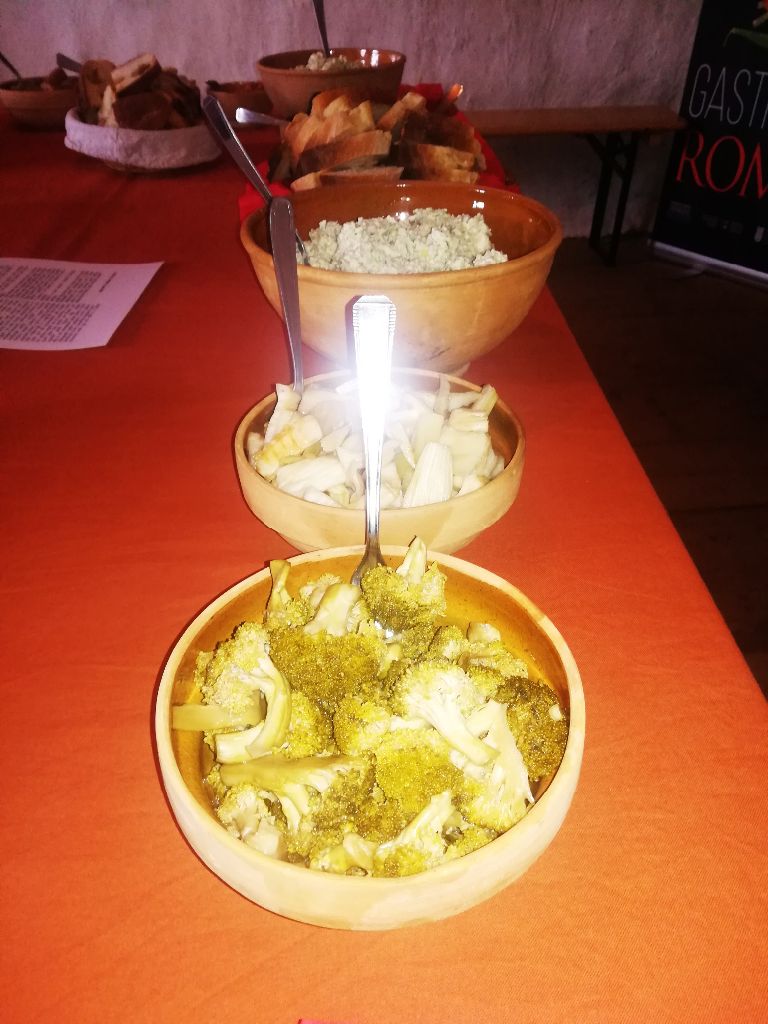
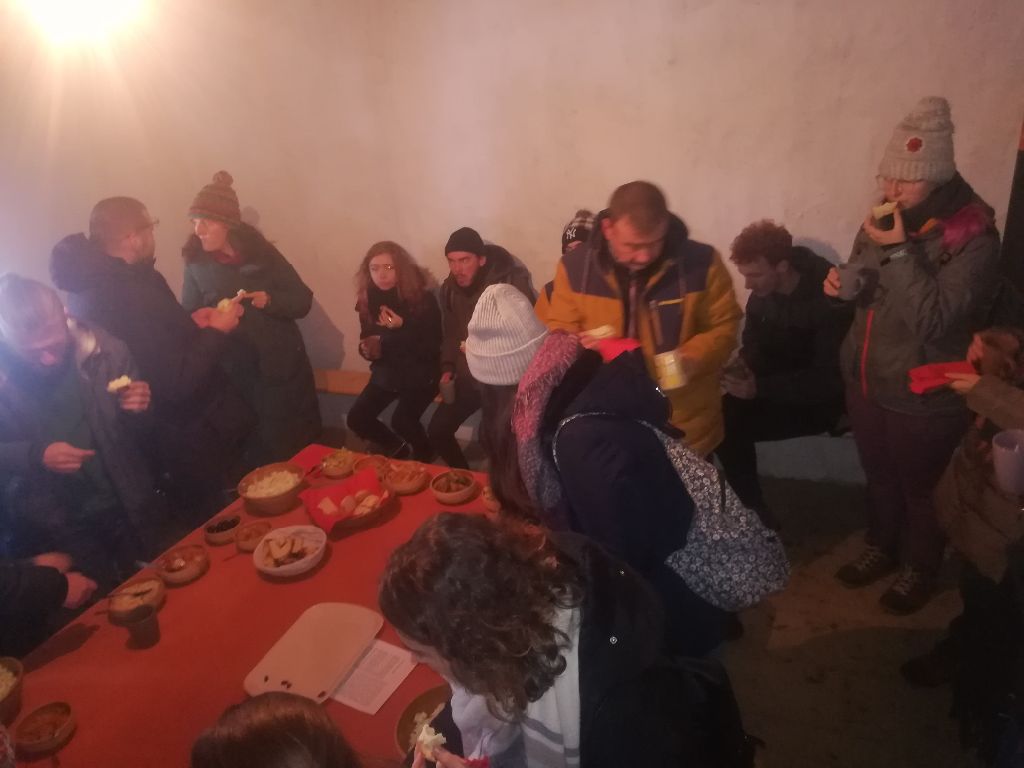
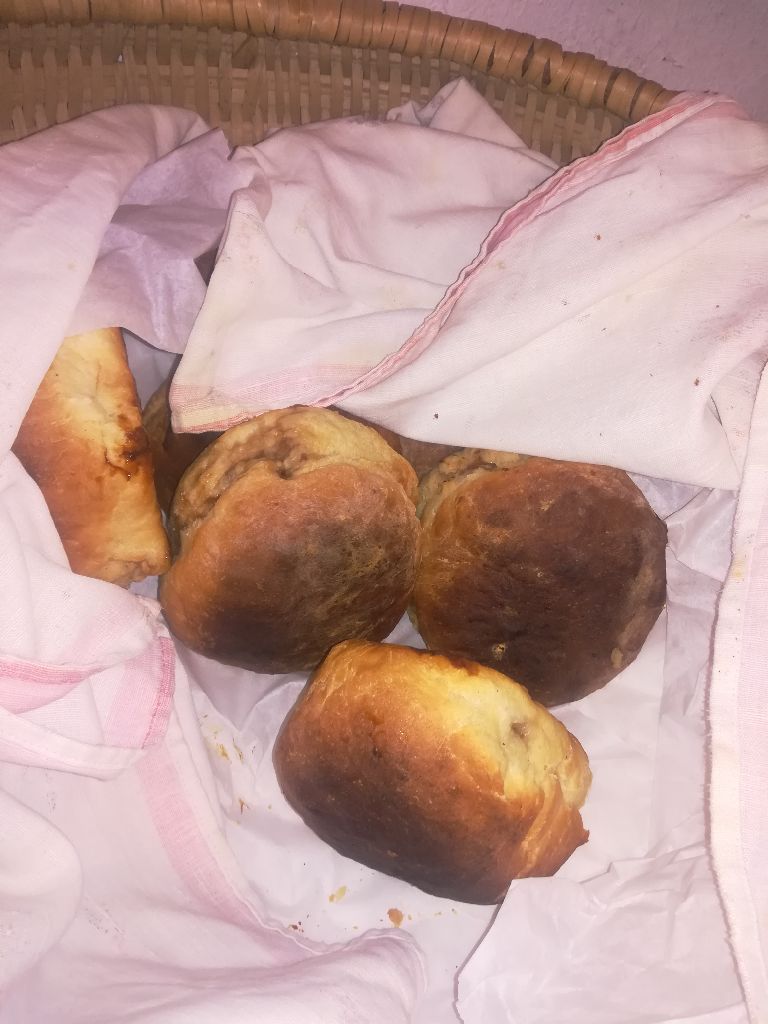
 We hope that in the future our visitors will have the opportunity to taste these delicious fruits while enjoying the nice view.
We hope that in the future our visitors will have the opportunity to taste these delicious fruits while enjoying the nice view.


